Order Anura Rank Species | Phylum Chordata Higher classification Leptodactylus | |
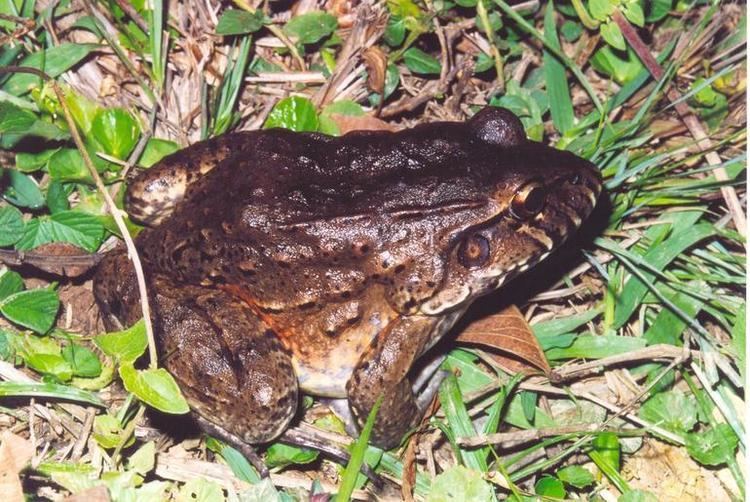 | ||
Scientific name Leptodactylus labyrinthicus Similar Leptodactylus, Frog, Amphibians, Leptodactylidae, Leptodactylus fuscus | ||
Leptodactylus labyrinthicus
Leptodactylus labyrinthicus is a species of frog in the family Leptodactylidae, commonly known in English as the labyrinth frog, pepper frog, or pepper foam frog.
Contents
- Leptodactylus labyrinthicus
- R pimenta leptodactylus labyrinthicus video ii
- Description
- Ecology and behaviour
- Use by humans
- References
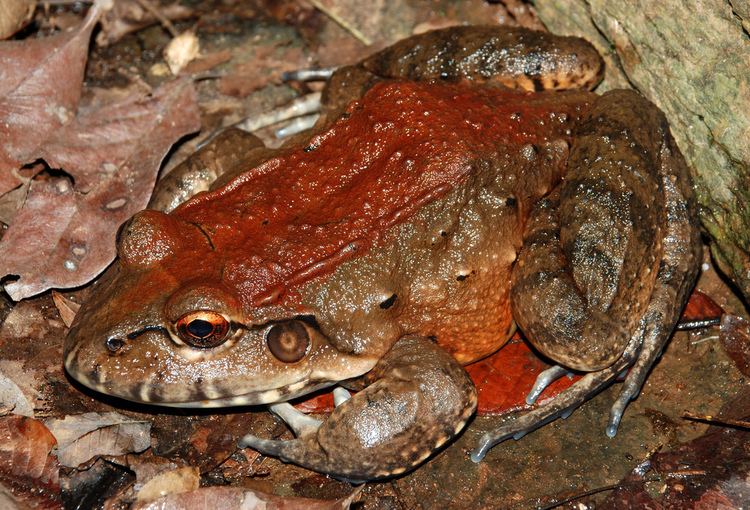
R pimenta leptodactylus labyrinthicus video ii
Description

This species is a large frog, with the snout-vent length of males measuring 117-188mm and that of females 124-166mm. The labyrinth-related names of this frog refer to the labyrinthine patterns it has on its belly, which is often light with dark vermiculations.
Tadpoles are cryptic colored, with a dark gray back and tail.
Ecology and behaviour
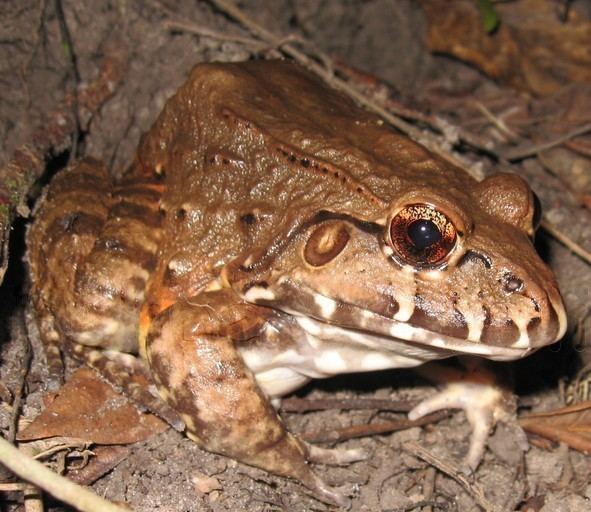
This frog is found in Argentina, Bolivia, Brazil, Paraguay, and Venezuela. Its natural habitats are subtropical or tropical dry forests, subtropical or tropical moist lowland forests, moist savanna, subtropical or tropical dry shrubland, subtropical or tropical dry lowland grassland, rivers, freshwater marshes, intermittent freshwater marshes, pastureland, rural gardens, urban areas, and heavily degraded former forest. It has been found mostly in open habitats, with the Amazon rainforest and Amazon river blocking its natural range, although small populations have been introduced in Amazonia. It appears to be very tolerant to pollution.

Due to this wide range of broad habitats, as of 2008, this frog is not considered threatened by the IUCN.
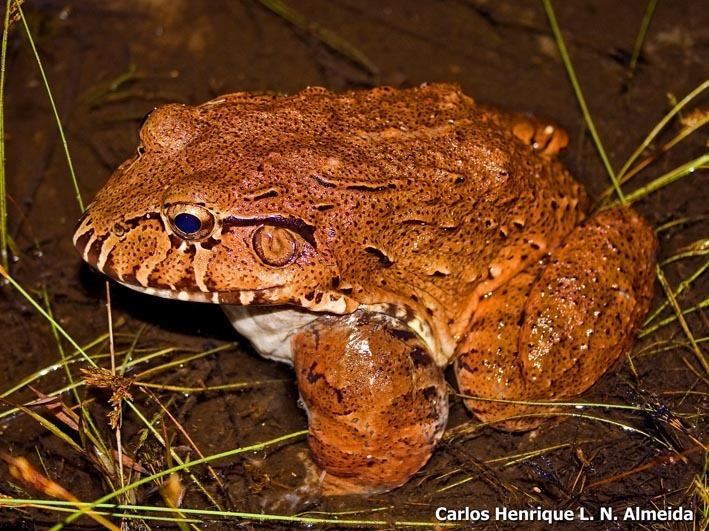
This frog is a generalist and opportunistic predator. It has been known to eat invertebrates, amphibians, lizards, snakes, rodents and bats.
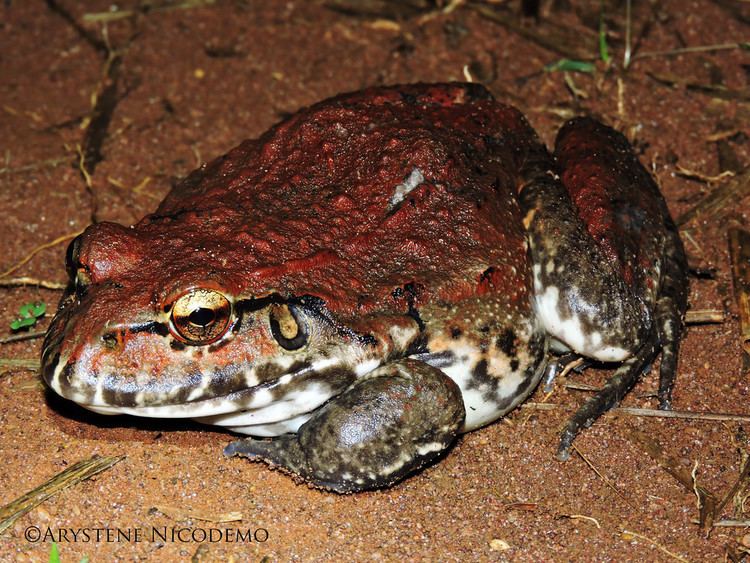
The eggs of L. labyrinthicus are laid in foam nests, often in burrows on dry land or in swampy soil near water. It is hypothesized that the male frog finds or possibly creates the burrow in a suitable location and uses it as shelter during the reproductive season. The male makes advertisement calls mostly at night, though it has been observed calling during the day as well. After mating, the female frog lays both fertilized eggs and trophic eggs at one time and then does not return to the nest.
The tadpoles hatch and feed on the trophic eggs; they can remain in the nest for up to 25 days, growing in size. At the start of the rainy season, the tadpoles move to lentic water, where they will complete their metamorphosis, feeding on anuran eggs, other tadpoles, and carrion. Other frog species do not lay their eggs until the first heavy rains; the head-start of the L. labyrinthicus tadpoles allows them to take advantage of the eggs and newly hatched tadpoles of other frog species. L. labyrinthicus tadpoles are mostly active at night, and hide from visual predators (including birds such as the creamy-bellied thrush) during the day by burrowing in gravel and leaves.
Use by humans
This frog is used for human consumption. It is harvested in Venezuela, and attempts have been made to establish farms for commercial production in Brazil (although these failed for managerial reasons).
The antimicrobial peptide pentadactylin has been isolated from the skin secretions of L. labyrinthicus and studied as a potential agent for use in chemotherapy.
